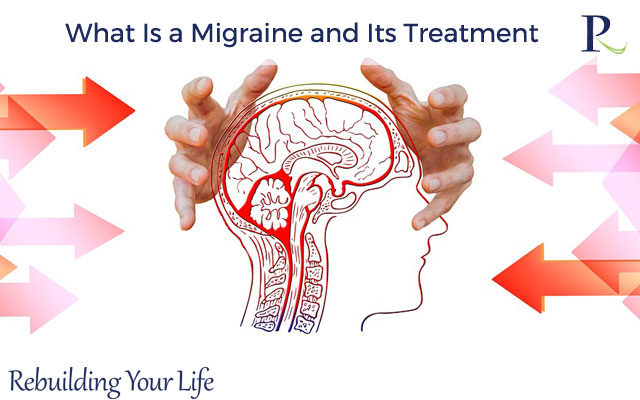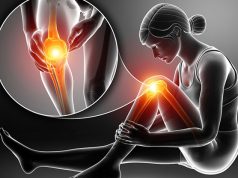Many diseases might not look dangerous, but they can lead to many other dangerous diseases and cause other medical complications. A migraine is one of them. Many people do not pay attention to it and neglect it by considering it as a normal headache. When the condition occurs frequently, they go to the doctor. In truth, this is not the right way to tackle any disease.
What is a Migraine?
A migraine is a neurological disease where you have a moderate to severe headache. Normally, migraines affect one-half of the head and can last from a couple of hours to a couple of days. The symptoms of a migraine include severe headaches, vomiting, nausea and sensitivity of different senses such as smell, hearing and vision. Migraines occur due to a combination of genetic and atmospheric factors.
If you have a family history of migraines, then you are more vulnerable to getting one. Changes in your hormones before puberty are a major reason behind migraines, affecting more young boys than girls. The surprising aspect is that the situation is completely different when we consider adult men and women. The percentage of affected women is much higher than men when it comes to migraines, especially true in older men and women.
The pain caused by a migraine is severe and you will find it difficult to maintain your vision. Stay away from any kind of physical stress, because it will worsen your situation. Try to find a dark room and relax. You will also find it difficult moving because your arms and legs will also feel the effects of the migraine. Although the main cause of a migraine is still unknown, medical experts believe that it is a neurovascular disorder. Increased activity in the cerebral cortex, poor control of pain neurons in the trigeminal nucleus in your brainstem are 2 known reasons behind migraine. The severity of pain and frequency of headache can be minimized by medication and proper treatment.
Treatment and Medication
Medication can bring relief to migraine patients by reducing the pain and preventing further migraine attacks. Normally, migraines are treated with two types of medication.
- Abortive
- Preventive
Abortive Medicines
Abortive medicines are used to stop migraine attacks once they start. There are many choices when it comes to taking abortive medicines. You can take it orally, as a topical cream, as an injection or through a nasal spray. These medicines target serotonin. Consult your doctor because these medicines are not good for patients with specific disorders.
Some abortive drugs used to cure migraine are:
- Dihydroergotamine
- Acetaminophen
- Advil Migraine
- Ergotamine tartrate
Preventive Medicine
If you suffer from migraines regularly, then preventive medicines and treatment will suit you. If your migraine symptoms are severe, using preventive medicines will make things better. They focus on reducing the severity and frequency of a migraine. Taking the right preventive medicine daily brings improvements in patient condition.
Some of the preventive medicines are:
- Antitriptyline
- Calan
- Isoptin
- Neurontin
- Depakote
- Topamax
- Timolol
Devices
Devices are being developed to cure different diseases. A device called “Cefaly” was developed and is the first device approved by FDA to treat migraines. It is a portable device that can treat migraines in patient over the age of 18. Cafely sends electric impulses to your forehead that stimulate the nerves associated with a migraine. Use this device daily for more than 15 minutes.
Migraine Attack
The frequency of migraine attacks changes with person to person. Whether the migraine attacks occur daily or weekly, you must be aware of migraine attacks to protect yourself. Here is a closer look at the symptoms of a migraine attack:
- Pain on one side of the head
- Nausea
- Vomiting
- Blurred vision
- Sensitivity to light and sounds
You should visit a doctor as soon as these indictors start to show. They will assess your condition and prescribe the right medication. Spreading awareness about diseases like migraines is very important, because these diseases usually go unnoticed and untreated.







